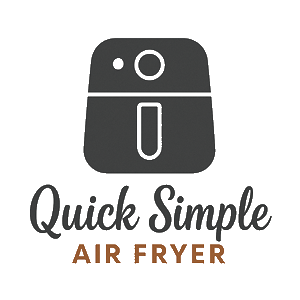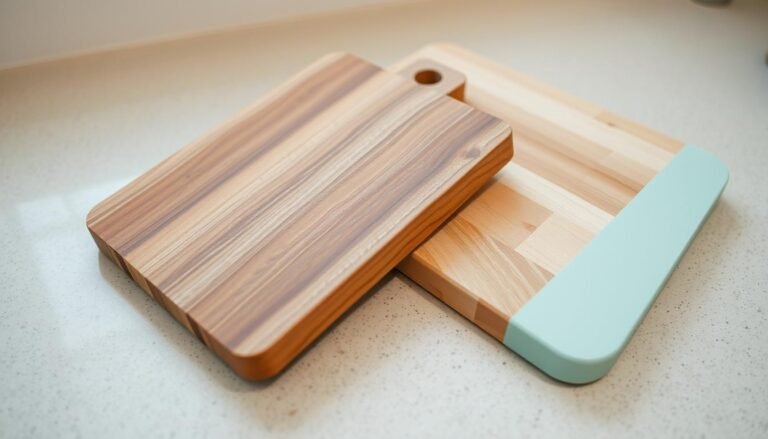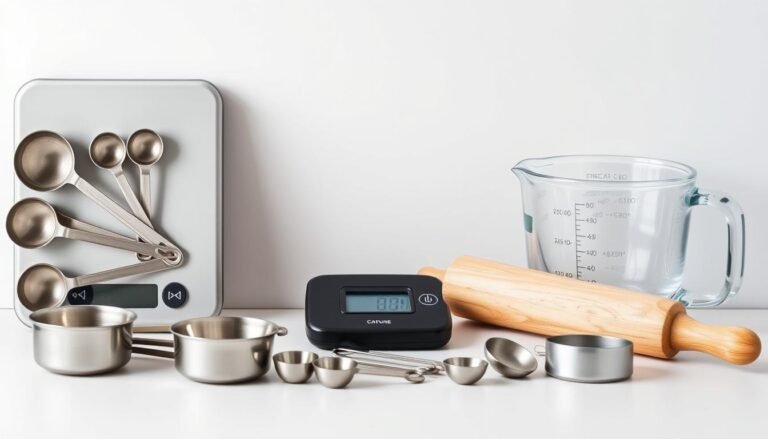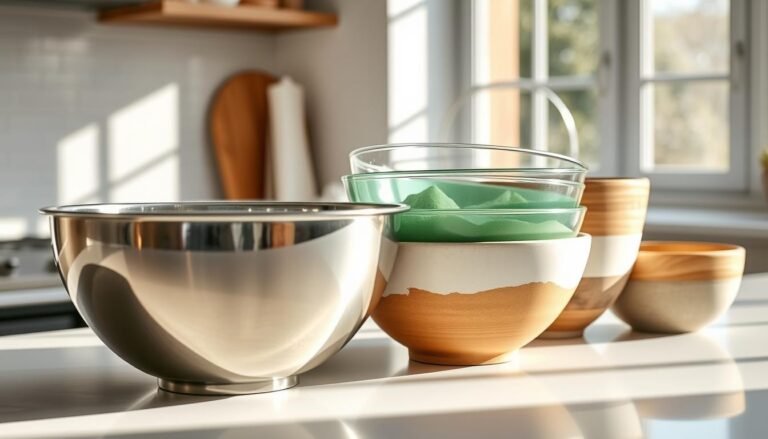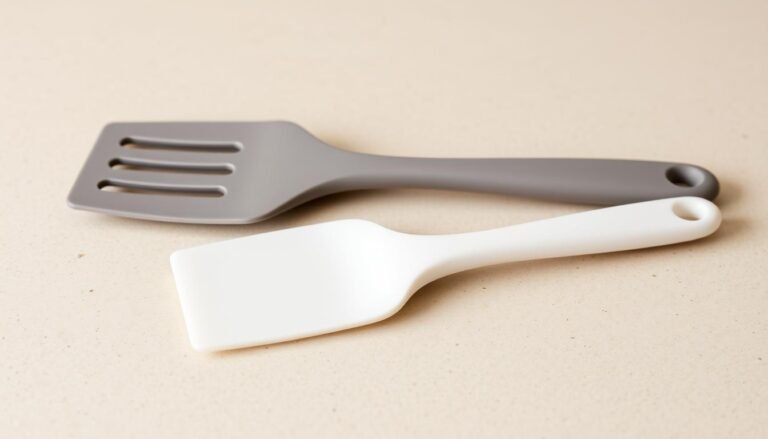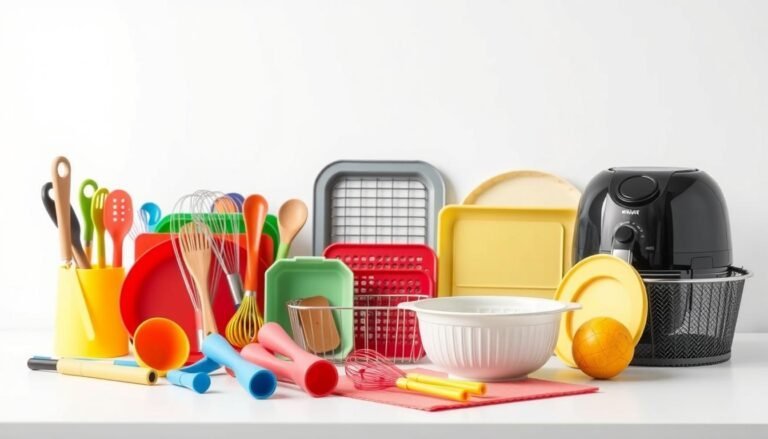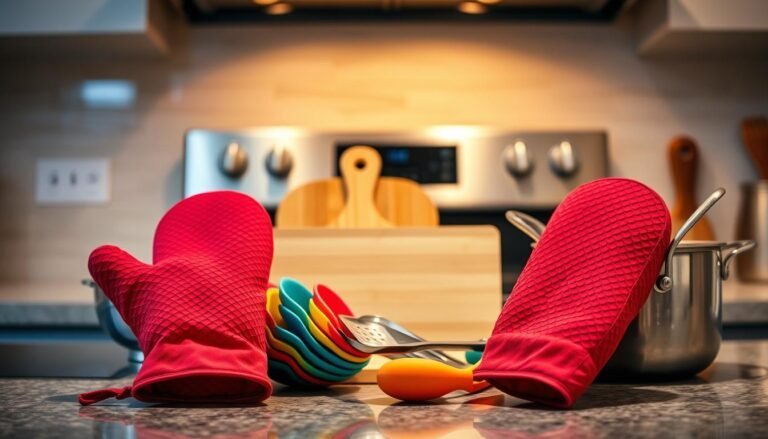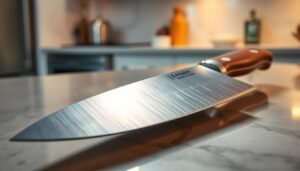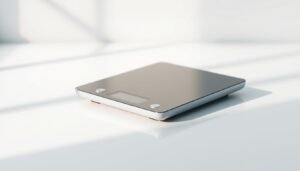Disclosure: This Post Contains Affiliate Links; We earn a commission on purchases.
Bakers often debate between silicone baking mats and parchment paper. Each has its own good points and bad points. The right choice depends on what you like and what you need for baking.
Silicone baking mats are popular because you can use them again and again. They’re also easy to clean. But, parchment paper is easy to use and throw away. It keeps food from sticking to baking surfaces. Knowing the good and bad of each helps you decide better.
Key Takeaways
- Silicone baking mats are reusable and easy to clean.
- Parchment paper is a convenient, disposable option.
- The choice between the two depends on personal preference and baking needs.
- Both options have their advantages and disadvantages.
- Understanding the benefits of each is key to making a good choice.
Understanding Silicone Baking Mats and Parchment Paper
Silicone baking mats and parchment paper are two kitchen essentials. They do the same job but in different ways. Knowing what each is made of and how it works helps you choose better in the kitchen.
What Are Silicone Baking Mats?
Silicone baking mats are made from flexible silicone. They are known for their non-stick properties and last a long time. These mats make food easy to remove and cleaning simple.
They can handle high temperatures, up to 500°F (260°C). Plus, they are dishwasher safe. This makes them very convenient. Experts say they are a big help for bakers, providing a reliable non-stick surface without extra greasing.
What Is Parchment Paper?
Parchment paper is treated with silicone or Quilon for non-stick and heat resistance. It’s meant for one-time use, making it less eco-friendly than silicone mats. You can find it in rolls or pre-cut sheets.
It’s great for lining baking sheets or wrapping food for cooking. Its main benefits are its simplicity and the fact it doesn’t need greasing.
- Easy to use
- Non-stick surface
- Heat-resistant
- Available in various formats
Key Features of Silicone Baking Mats vs. Parchment Paper
For bakers, knowing the differences between silicone baking mats and parchment paper is key. Each has special traits that affect baking results.
Non-Stick Properties and Performance
The non-stick quality of baking tools is vital. Silicone baking mats are known for their great non-stick surface. This makes food easy to remove and cleaning simple. Parchment paper is also non-stick but might not work as well for delicate items like cookies.
For example, a silicone mat for baking cookies helps your treats come out perfectly without sticking.
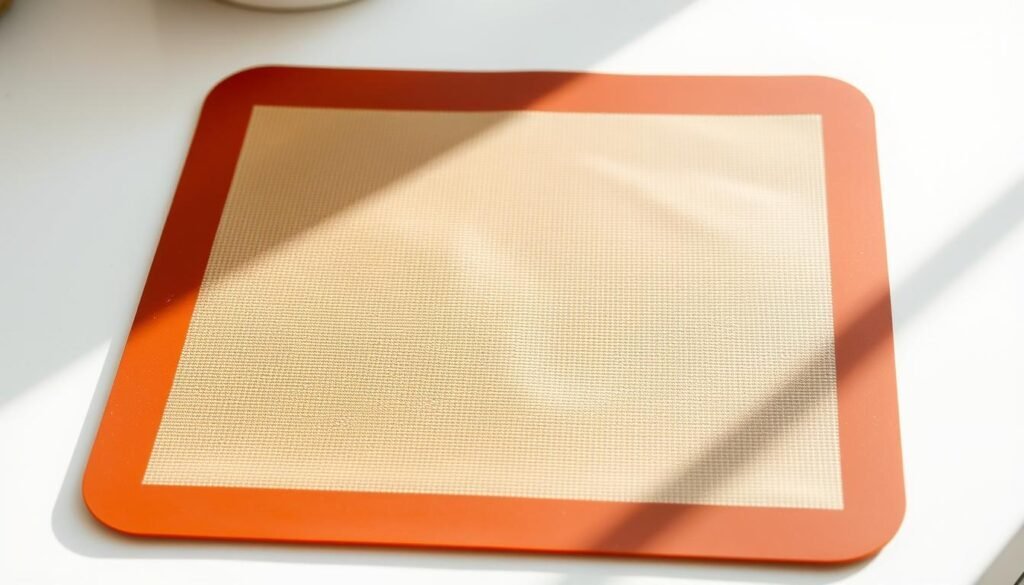
Heat Resistance and Temperature Limitations
Heat resistance is also important. Silicone baking mats can handle high temperatures well. This makes them good for many baking tasks. Parchment paper, though, has limits and can burn or release harmful chemicals at high heat. A heat-resistant baking mat is best for tasks needing high temperatures.
Durability and Reusability Factors
Silicone baking mats are durable and reusable. This makes them a cost-effective choice over time. Parchment paper, being disposable, might seem easier but leads to more waste. The reusable nature of silicone mats is a big plus for bakers who bake often.
Environmental Impact and Sustainability
Looking at the environmental impact, silicone baking mats are more eco-friendly. They can be used many times, reducing waste. For bakers who care about the planet, choosing silicone mats over parchment paper is a better option.
Silicone Baking Mat or Parchment Paper: Best Uses in the Kitchen
Choosing between a silicone baking mat and parchment paper depends on the task. An Easy Clean Baking Mat is great for making tuiles. It gives a stable, non-stick surface. It’s also easy to clean after handling sticky things like caramel.
A Silicone Baking Liner is versatile for many tasks. It’s good for roasting veggies or baking pastries. But, parchment paper is best for baking cookies. It makes them easy to remove from the sheet.
Parchment paper is also top for lining cake tins. It helps cakes come out smoothly. So, the right choice depends on the recipe’s needs. Knowing the strengths of each helps bakers get better results and clean up easier.
FAQ
What is the main difference between a silicone baking mat and parchment paper?
Are silicone baking mats non-stick?
Can I use parchment paper at high temperatures?
How do I clean a silicone baking mat?
Is parchment paper or a silicone baking mat more environmentally friendly?
Can I use a silicone baking mat for delicate pastries?
Are silicone baking mats compatible with all baking sheets?
Can I use parchment paper in a convection oven?

Ryan Conlon is the creator of QuickSimpleAirFryer.com, where he shares easy tips, tricks, and ideas for getting the most out of your air fryer. Focused on speed, flavor, and simplicity, Ryan helps home cooks make crispy, satisfying meals without the mess or hassle of traditional cooking. Whether you’re new to air frying or looking for fresh inspiration, Ryan’s practical advice makes it simple to enjoy quick, delicious results every time.
Subscribe to Our Newsletter
